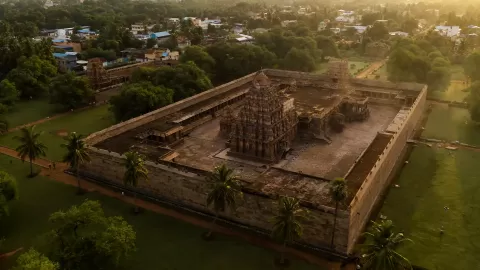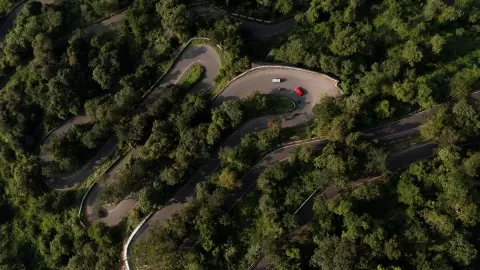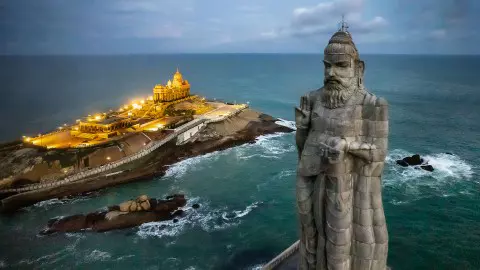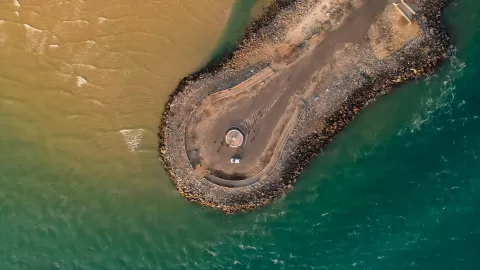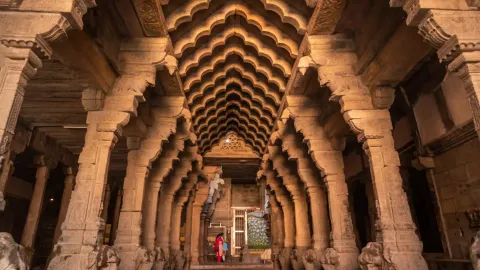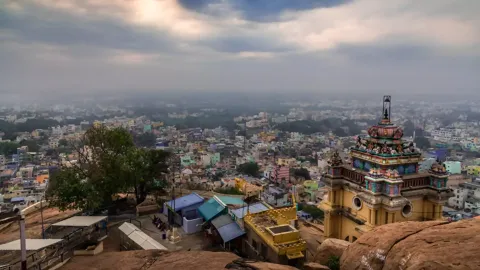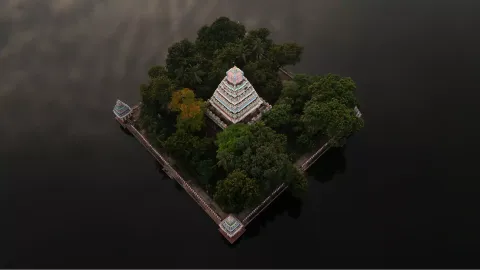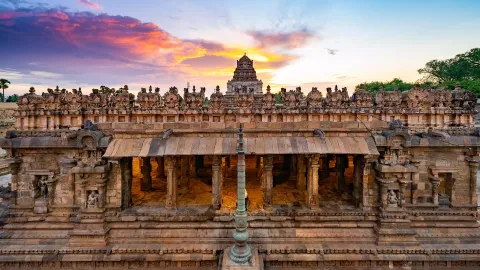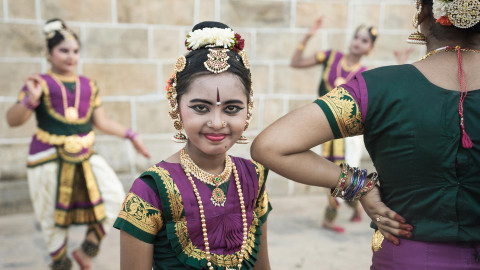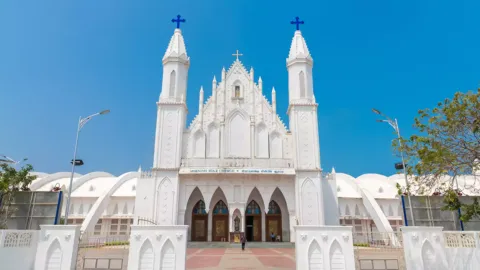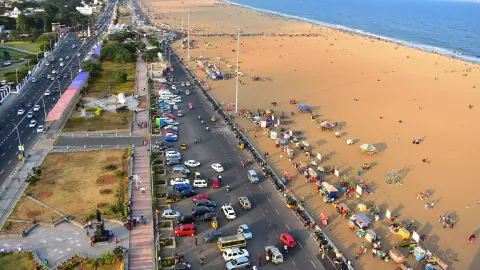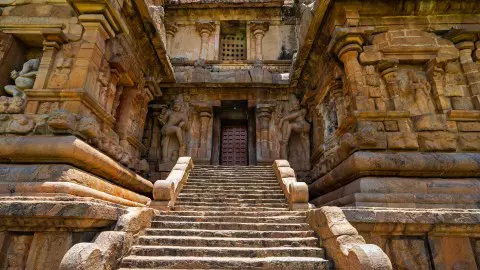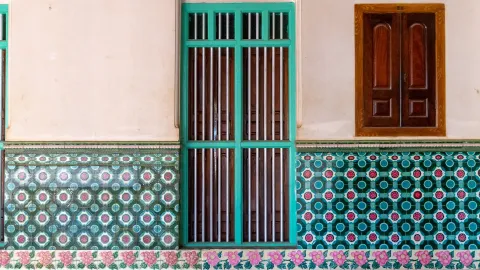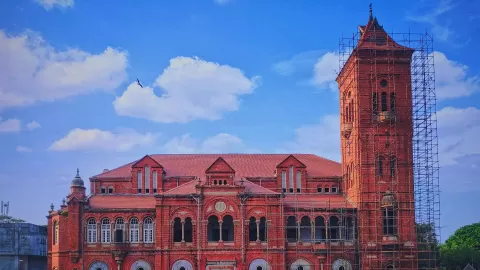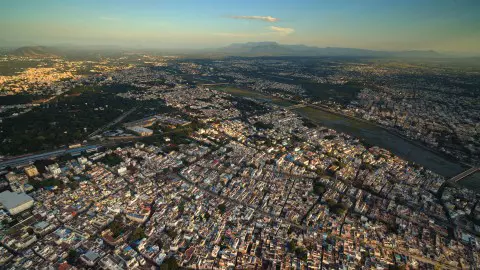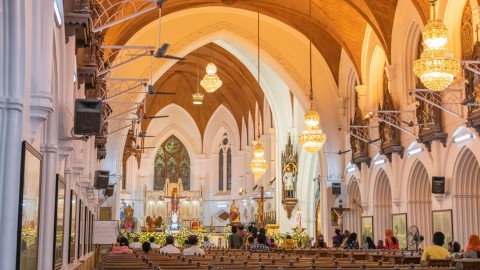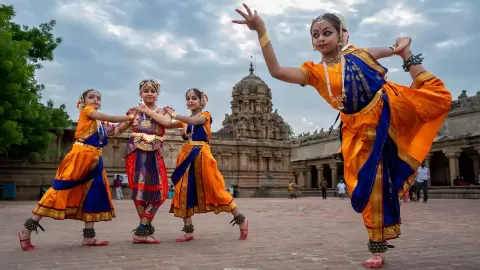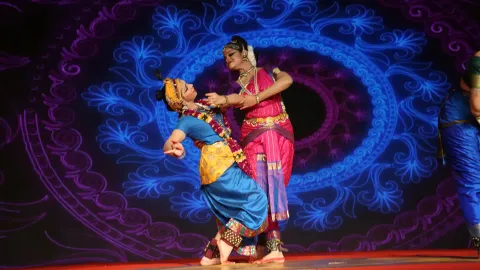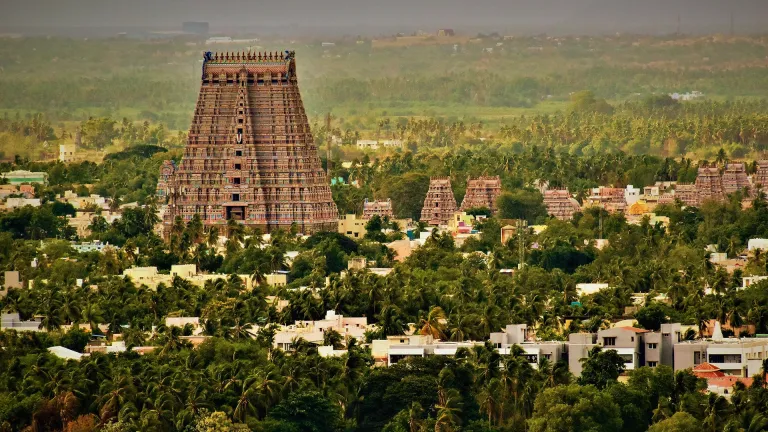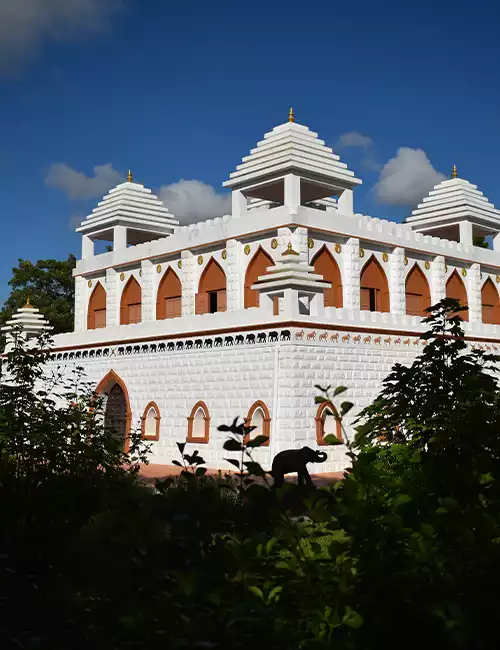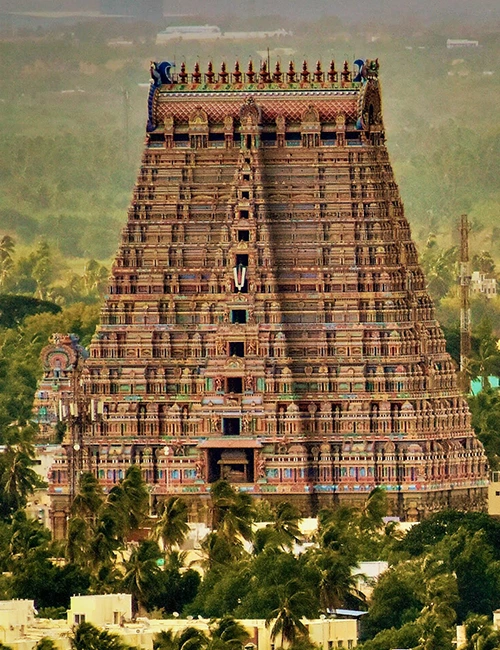
The East India Company and the British Empire’s presence in Tamil Nadu caused an influx of officers, officials and men from not just England but Scotland and Ireland. This also left a distinctive and beautiful imprint on the landscape of Tamil Nadu, especially its architecture. Part 22 of an Outlook special on lesser-known travel ideas in Tamil Nadu.
Chennai is known for its beautiful churches that attract not just worshippers but engineers and architects like a magnet. And perhaps the most beautiful of these is St. Andrews, often counted among one of the world’s top ten beautiful Georgian buildings. This Presbyterian place of worship was built and consecrated for Scotsmen about 200 years ago and still stands tall and graceful as one of the city’s most loved landmarks.
With its pale white colour, graceful steeple, rounded, colonnaded portico, St. Andrew's Church stands like a stunning jewel in the middle of its stunning sylvan 9-acre compound. Designed by two architects, Major Thomas de Havilland and Colonel Caldwell, the edifice is a harmonious blend of neo-classical, and Corinthian architectural styles.
The Kirk (Scottish for church) is thought to be the first British-built building in India. Its interiors have delighted architects and history buffs over generations. The deep blue dome is encrusted with crushed seashells mixed with lapis lazuli stones and lit with golden stars to replicate a star-studded Scottish night sky. Twenty-seven feet tall warm and rich stained-glass windows, believed to have been brought from Scotland, add to its stunning beauty.
Another iconic institution, the Madras Christian College, had its origins in the General Assembly School founded by the Reverend John Anderson, the first missionary of the Church of Scotland in 1837. Reverend William Miller upgraded the school to a college by adding F.A. and B.A. courses and named it the ‘Madras Christian College’ on January 1, 1877. Significant contributions from family members, old students and the Madras Government helped to erect the imposing college buildings and hostels opposite the High Court. The impressive main buildings were designed by Swiss architect Henry Schaetti.
The old campus of the Madras Christian College houses another church – a small Victorian building known as Anderson Church, named after John Anderson, a Scottish missionary who founded the mission of the Free Church of Scotland at Madras. It has an interesting collection of images of Jesus Christ and Christianity in a bold, colourful, thoroughly Indian style reminiscent of Hindu religious imagery.
Another enduring city landmark is the Munro statue that commemorates the much-loved Sir Thomas Munro, the then Governor of Madras who was considered the father of the Ryotwari System.
The Government Ophthalmic Hospital at Egmore established in 1819 is the world’s second-oldest eye hospital. It houses Elliott Museum, named after the then Superintendent Lt. Colonel R. H. Eliott, a Scotsman, who was in charge between 1904 and 1913.
But undoubtedly the biggest Scot influence on Chennai’s skyline is the maverick genius architect, R.F. Chisholm who designed and engineered so many of the city’s marvellous Indo-Saracenic edifices Chennai boasts the largest collection of his works — the magnificent Presidency College, stunning Senate House, the General Post Office (GPO), the Victoria Public Hall or the Town Hall and Central Station.
It is not only in Chennai that the Scots left a lasting footprint. The Scott Christian College (Autonomous) in Nagercoil is a classic example. Founded in 1809 at Mylaudy by the Reverend William Tobias Ringeltaube as a village-church school, today the college is consistently ranked among the top 50 colleges in India as per the ranking of NIRF.
It can thus without exaggeration be said that people of Scot descent had a huge role to play in the development of Chennai and indeed the whole of Tamil Nadu. This is evident in tangible structures as well as the education system in the state. As such, it is fascinating for history buffs to trace the Scot's influence and impact on Tamil Nadu.



